Reportar esta entrada
Más sobre la misma comunidad-colección
Christian Harvest Center in West El Paso
This is the Harvest Christian Center located on the westside of ...
Escuela primaria Brown adelante Bulldogs
Brown Bulldogs teamwork at it's finest! Always working together ...
¡La escuela primaria Brown saluda a nuestras tropas!
Our Wonderful Choir Director boding amazing things at Brown ...
La escuela primaria Brown saluda a nuestras tropas
We appreciate our troops here at Brown Middle School in El Paso, ...
La escuela primaria Brown saluda a nuestras tropas
Dedicated Ceremony for appreciation to our wonderful partners in ...
Proyecto de Brown de la frontera de la ciudad natal
GT classes at Brown Middle School do an awesome job on their ...
Clase de GT de la Sra. Ellison en la escuela primaria Brown
GT classes at Brown Middle School do an awesome job on their ...
Subvención del 2015 de los Bulldogs de Brown
Brown Middle School Grant Award 2015 Photo taken in El Paso, ...
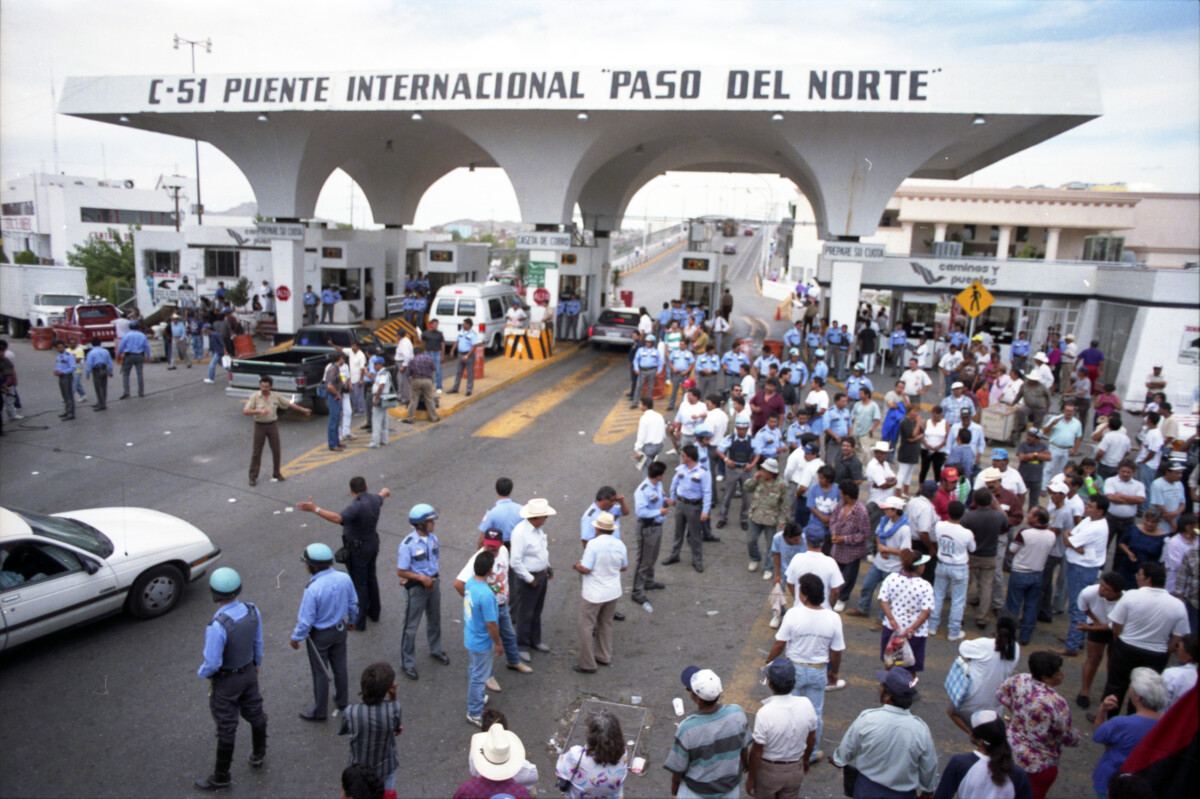
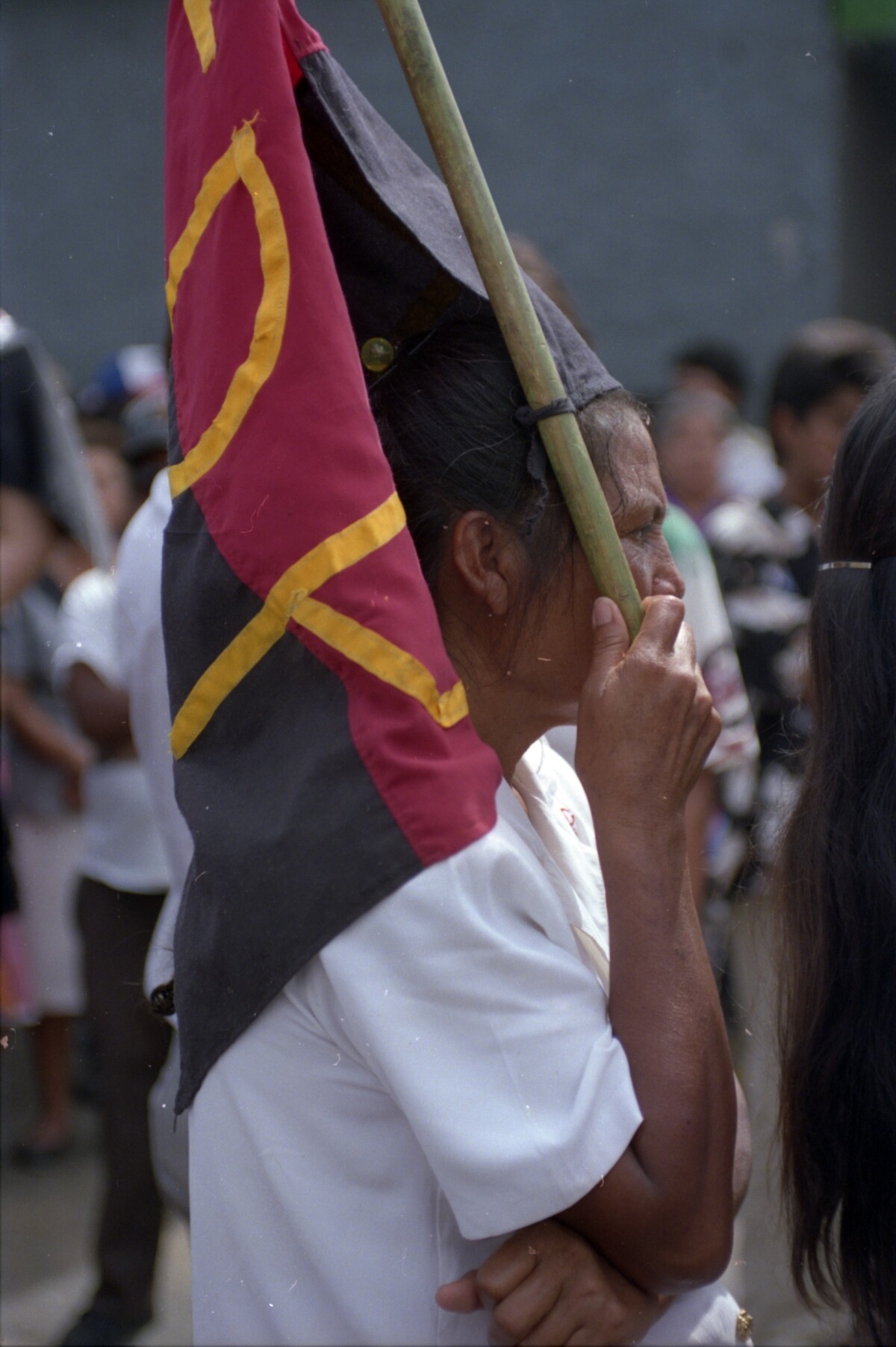

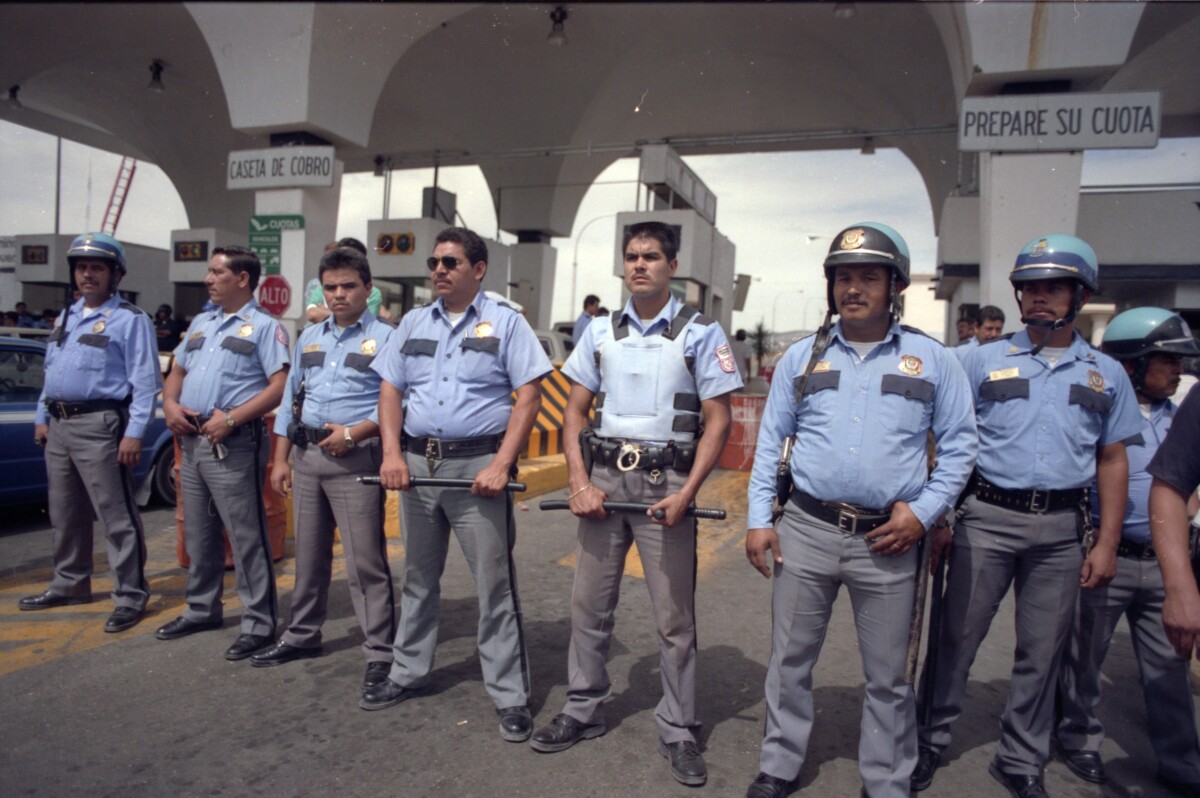
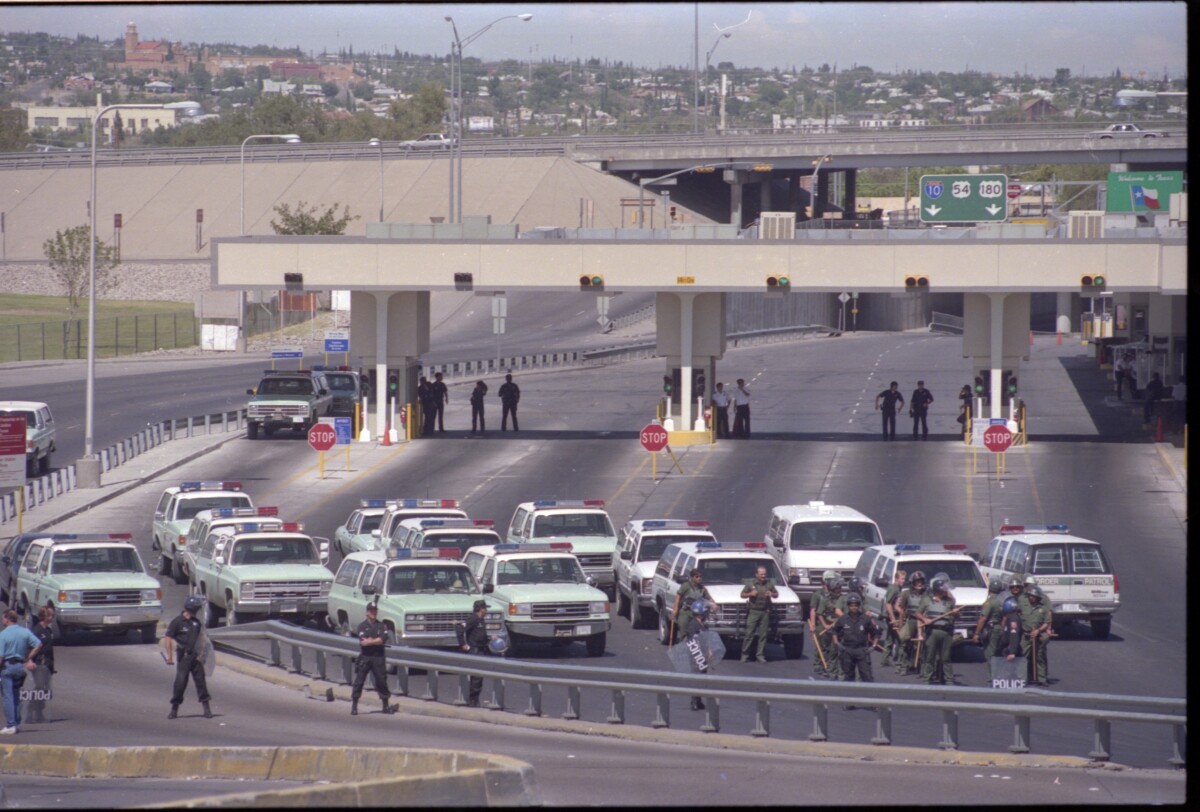

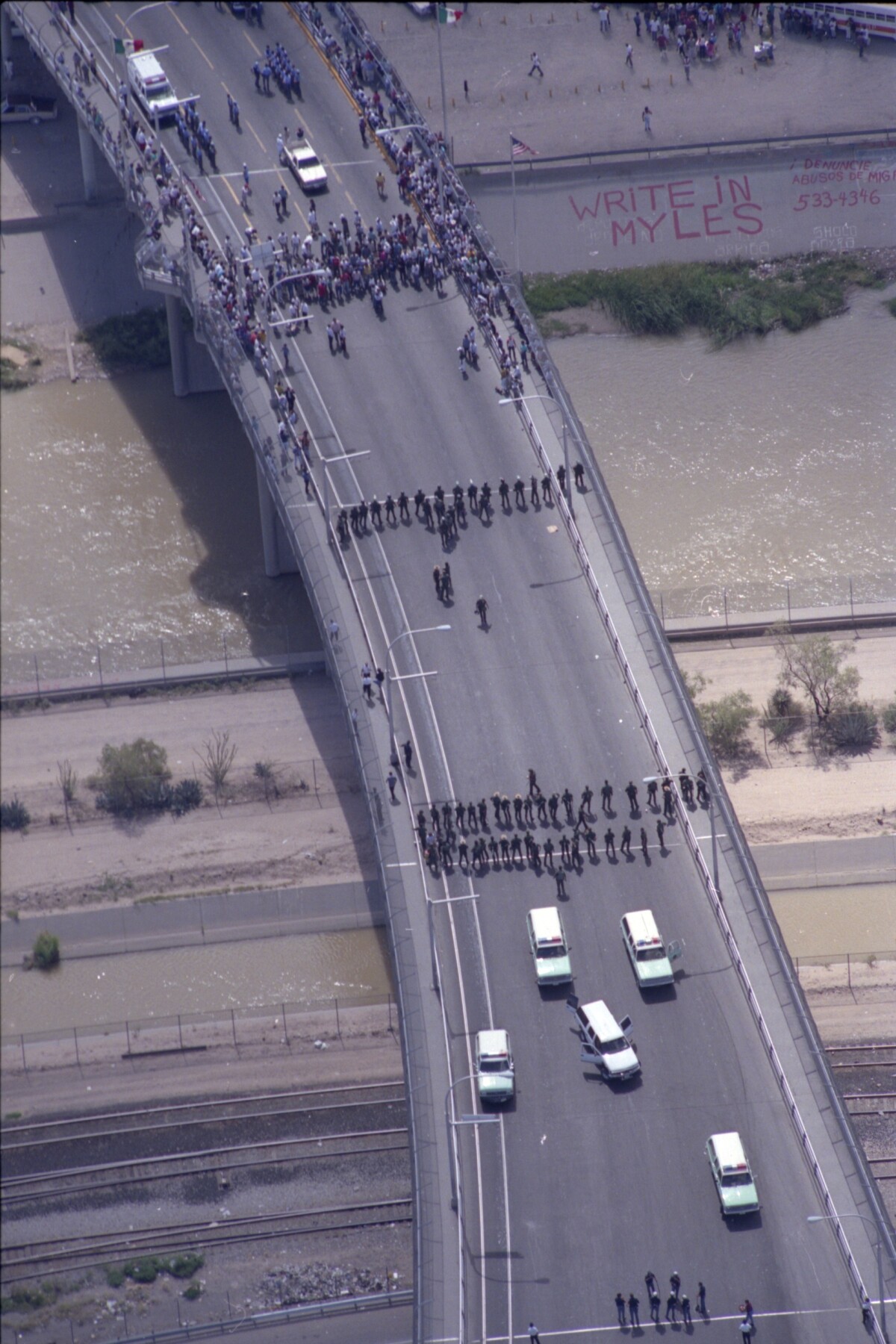
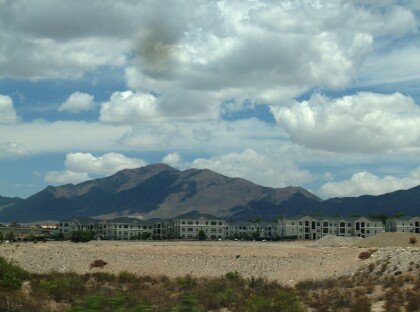

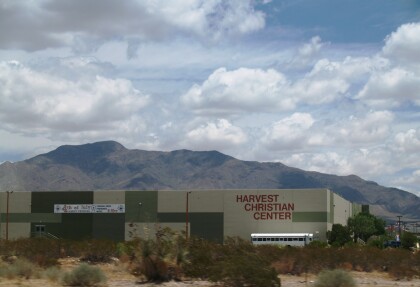
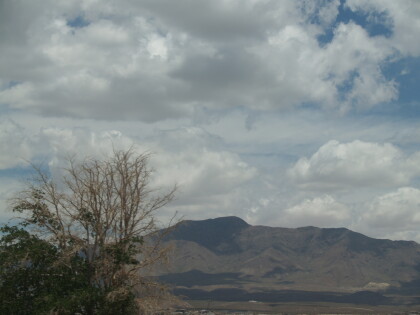
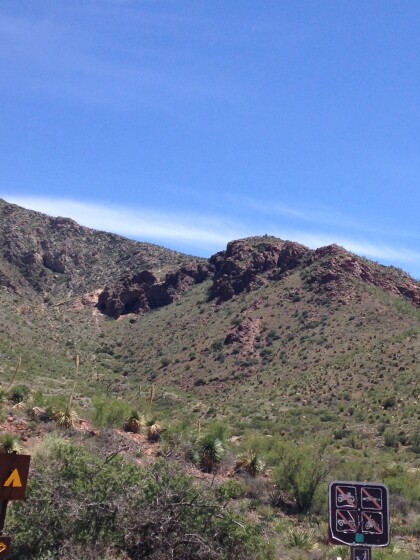
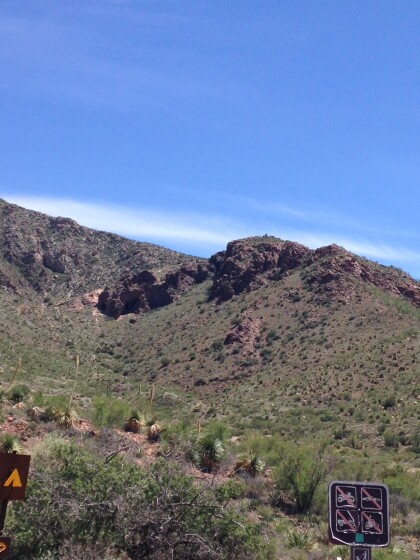
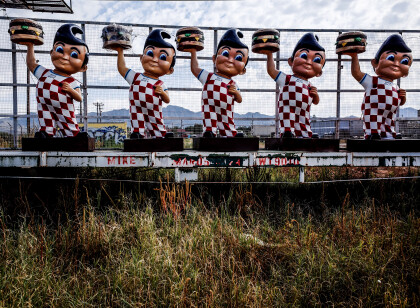
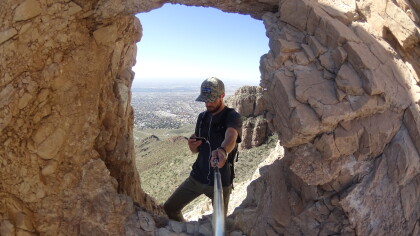


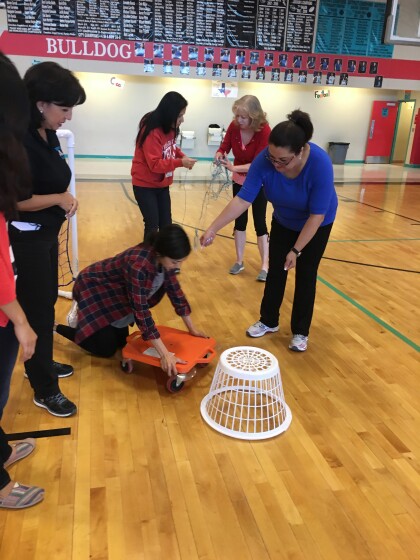
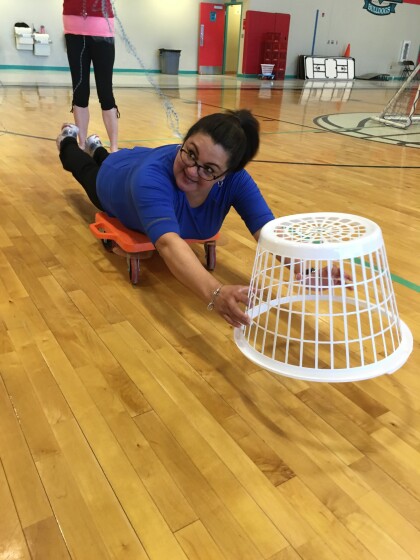
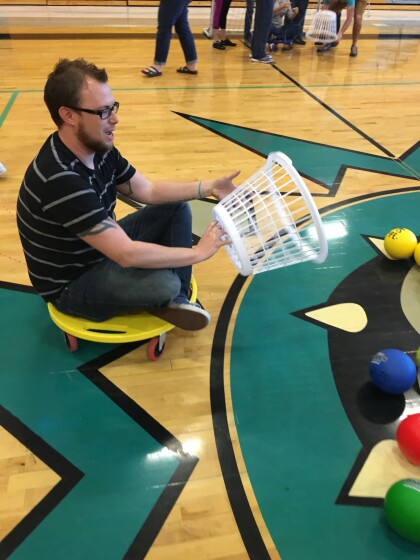

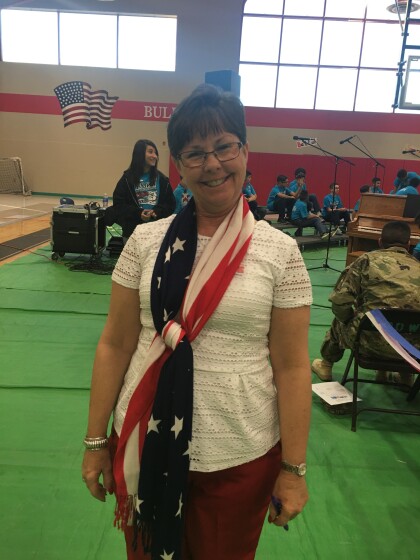
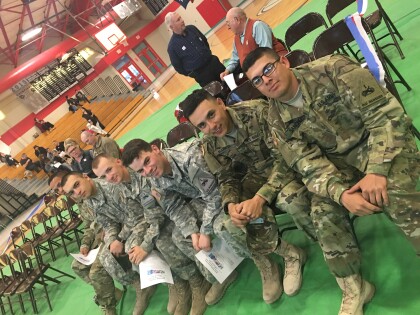
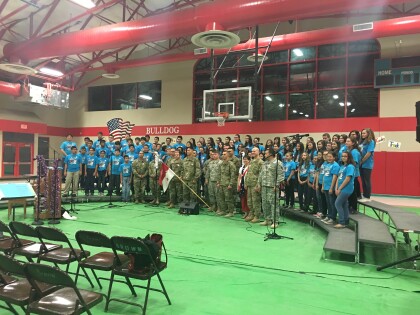
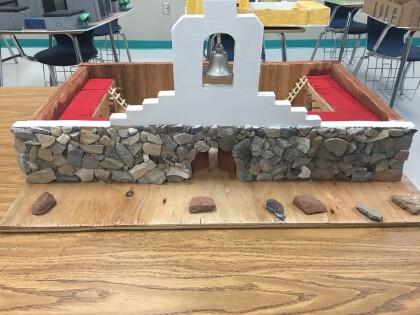
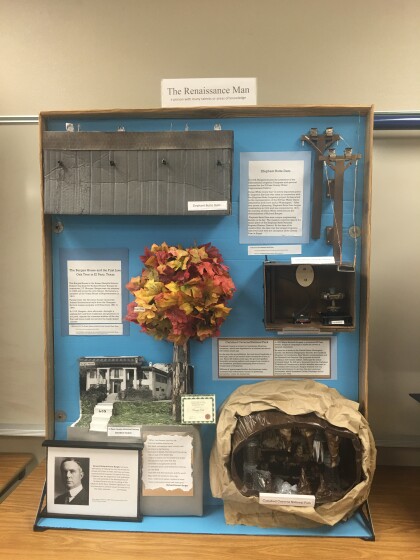
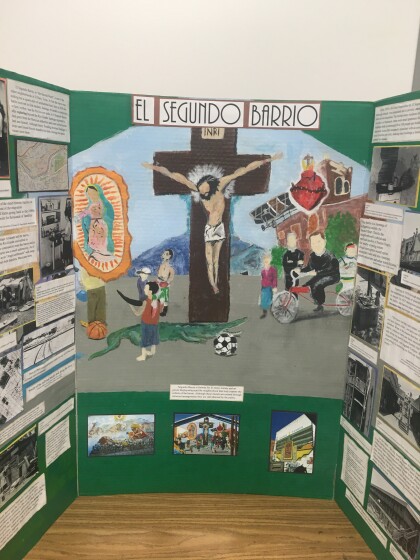
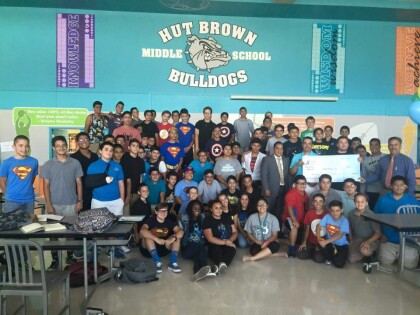
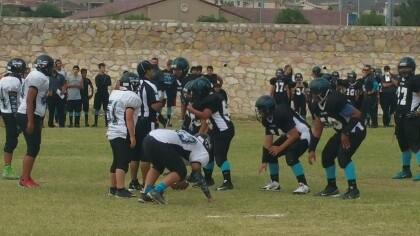
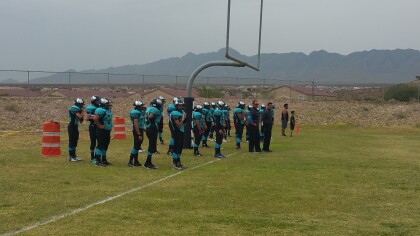
Comentarios
Hacer un comentario